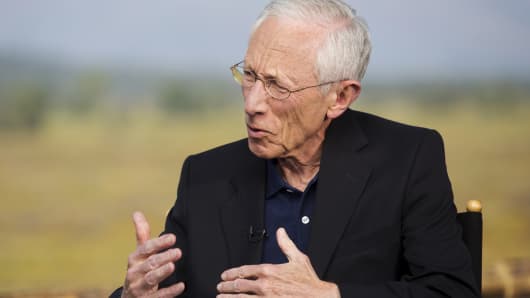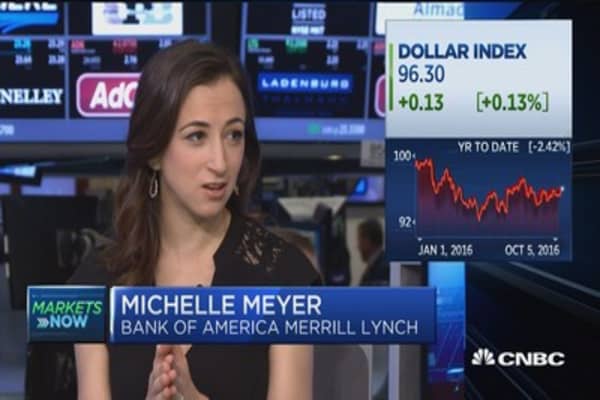 .
.
Evidence that the so-called natural rate of interest has fallen to low levels could mean the economy is stuck in a low-growth rut that could prove hard to escape, Federal Reserve Vice Chair Stanley Fischer said on Wednesday.
Speaking to a central banking seminar in New York, the Fed’s second-in-command said he was concerned that the changes in world savings and investment patterns that may have driven down the natural rate could “prove to be quite persistent…We could be stuck in a new longer-run equilibrium characterized by sluggish growth.”
As a result, he said, central bankers may face a future where the short-term interest rates set by policymakers never get far above zero, and the unconventional tools used during the financial crisis become a “recurrent” fact of life.
“Ultralow interest rates may reflect more than just cyclical forces,” Fischer said, but “be yet another indication that the economy’s growth potential may have dimmed considerably.”
Fischer’s remarks did not address current Fed policy or interest rate plans.
It is not the first time a Fed official has openly expressed concerns about an underlying decline in U.S. economic potential, or fretted that the crisis shifted savings and investment patterns in a damaging way.
Over the past year in particular there has been a vigorous debate, backed up by fresh research, about the “natural” rate of interest. Sometimes referred to as a neutral or equilibrium rate, it is in many ways an abstraction – not a rate that is set by the Fed or used in transactions, but an estimate of the underlying rate that would keep the price level stable while the economy grows at potential.
A number of developments have led many at the Fed to conclude that the natural rate is currently very low, and that its decline may reflect a loss of economic potential. There are immediate implications for the Fed: a low natural rate means the Fed could not move its short-term federal funds rate very high before policy becomes too tight.
Some estimates have placed the natural rate in the United States at close to zero on an inflation-adjusted basis.
Fischer said the “silver lining” was the possibility that better policy could lift the natural rate along with U.S. potential. It would take more than monetary policy, however, and would require “some combination of improved public infrastructure, better education, more improvement for private investment, and more effective regulation.”
source”cnbc”




